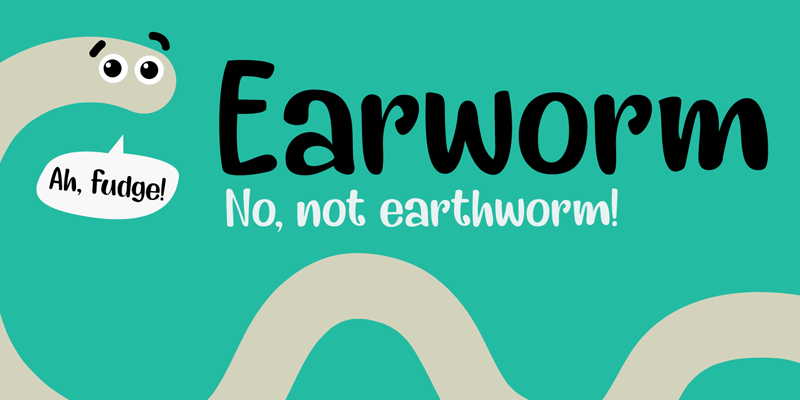Wenting:
This week I demo’d and received helpful feedback for the data visualization aspects. I was plotting the original song against the sung input (although both are still contrived examples and coloring the space between them with some color in the gradient from red to green, where red meant it was not a close match and green meant it was a close match. However, I neglected to include a scale which made it hard to interpret the graph. Since it is a gradient, the colors are not necessarily very comparable so it will be hard to discern particularly as the length of the sample grows and there are more colors in the gradient.
Suggestions from course staff included plotting the distances between notes and making a histogram to show the distribution of distances. Also, coloring the actual line of the melody as red/yellow/green is more indicative, and I think with that I could add toggle options to display just the sung input, the sung input and the melody it was matched to, or just the matched melody. This is an option that I have considered and am still tinkering with.
While I did most of my work for the demo in Python, I may port it over to Matlab for easier interfacing with the other parts. Also, I would like to start working on the pipeline from the two branches of audio analysis to data visualization, since that will be a key part of my portion.
I think I am a little behind schedule since I wanted to spin up a basic website by this week but that has not been done, and I would like to be further along in prototyping data visualization techniques.
Team:
Post interim demo, we are all working on pushing forward with the next steps on each of our parts. The suggestions and comments made by course staff were helpful for us to work off of for the next few weeks, and we feel confident that we will have enough time to finish what we have to do.
The risks that we are facing have not changed much, though there may be a big push at the end to put all the parts together into one system, which is to be expected. As this coming week is carnival and we all have commitments to carnival events, we will all be busy but will try to still be on track.
Some parts have not moved as quickly as originally estimated, but overall our team is in a good place schedule-wise – we know what we need to get done and have a good sense of time about it.
